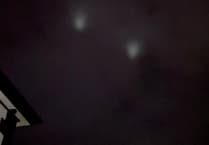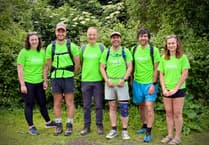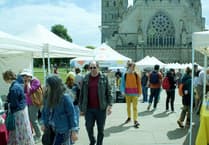ON Whit Sunday, June 8, at 6pm, there will be an Evensong at St Lawrence Chapel, Crediton, based on an early 19th century service.
Before this Worship there will be a short talk to put the Service into context, although many will find the basic format of the Evensong very familiar.
Music will be provided by the West Gallery Quire, with pieces by Samuel Chapple, who was born in Crediton, and Richard Partridge, who lived in Kennerleigh.
Before the formal Worship begins will be sung “An Hymn for Whit Sunday”, as sung in Cruwys Morchard.
At the end it is hoped that the congregation will join in with a version of Tallis’s “Evening Hymn”, as it was sung in Sandford. The publication dates of the music vary between around 1765 and 1835.
So what would Evensong have been like in a small country church in the early 19th century?
Before the coming of the Oxford movement, before the publication of “Hymns Ancient and Modern” and before many churches had organs, small country churches had choirs and church bands.
A band might consist of few instrumentalists who would play the same lines as the choir made up of both men and women who would have sung. Cellos, clarinets, violins, flutes and bassoons were common along with serpents and key-bugles.
The choirs had no robes or gowns. Surplices were seen as papist and were not acceptable. Where there was a gallery in the west end of the church, would have been where these singers and instrumentalists would sit.
The services followed the 1662 version of the Book of Common Prayer and, since there were no hymns in this book, no hymns were sung, although they were permitted prior and after the formal liturgy. Psalms were permitted as part of the worship, but without chanting.
The metrical versions of Tate and Brady were sung to many different tunes. Printed books of Anthems and Psalm tunes were available and local composers wrote tunes for their choirs.





Comments
This article has no comments yet. Be the first to leave a comment.